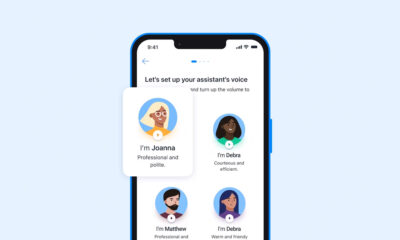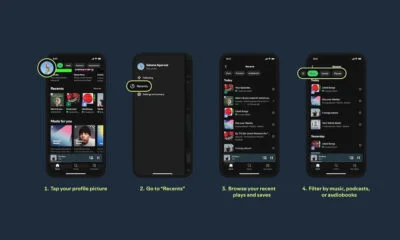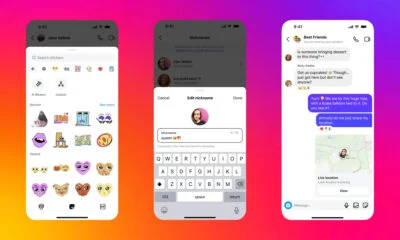News
Exploits In Microsoft Exchange Used To Breach Over 30,000 Organizations
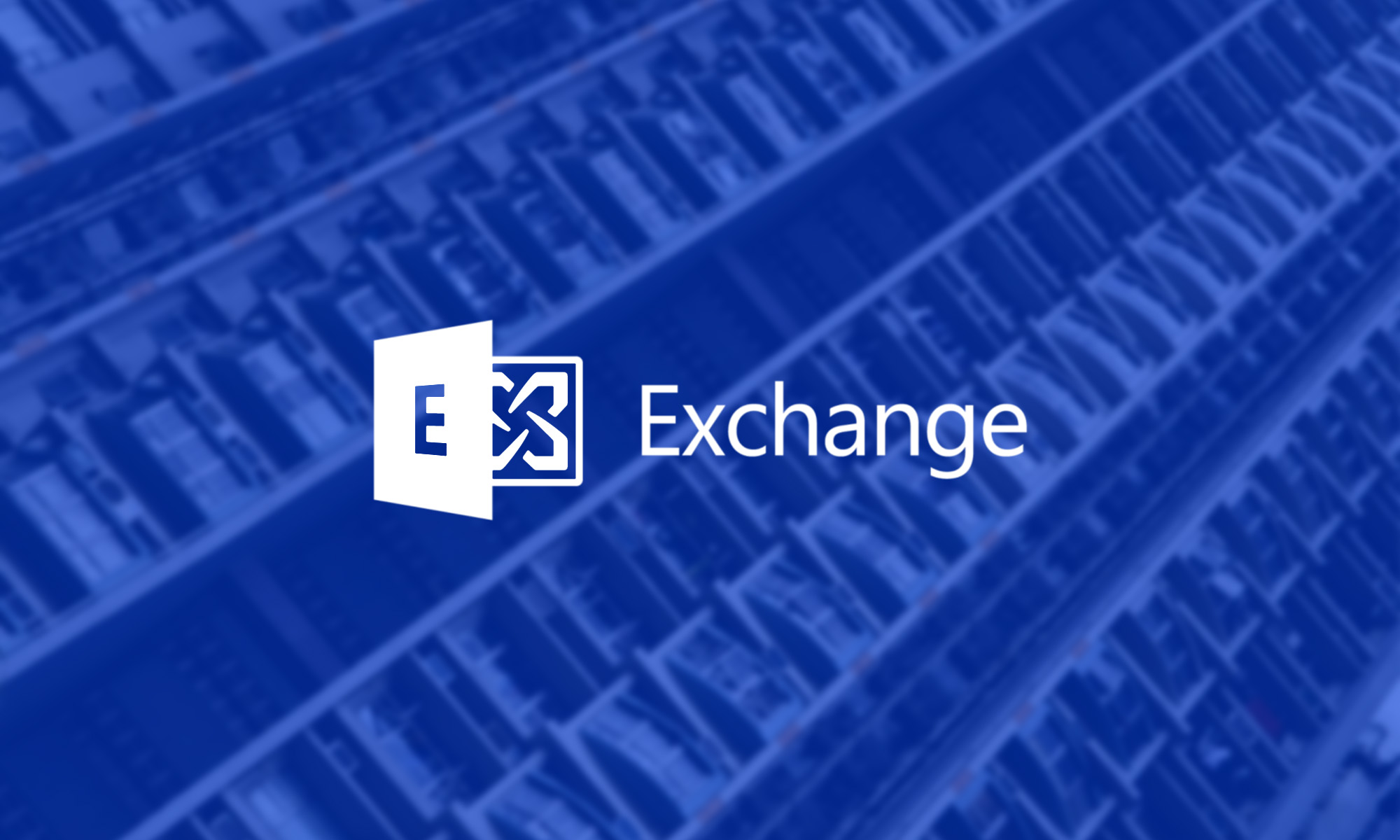
Over 30,000 entities, including local governments, small businesses, defense contractors, and education institutions, have been breached because of unpatched exploits in Microsoft Exchange, reported journalist and investigative reporter Brian Krebs on his blog, KrebsOnSecurity.
“In each incident, the intruders have left behind a ‘web shell,’ an easy-to-use, password-protected hacking tool that can be accessed over the Internet from any browser. The web shell gives the attackers administrative access to the victim’s computer servers,” Krebs wrote.
According to Microsoft, the attack was orchestrated by notorious Chinese hacking group Hafnium, and they started on January 6th, the day when rioters stormed the United States Capitol in a violent attack against the 117th United States Congress.
Microsoft released emergency security updates to patch the vulnerabilities on March 2nd, which means that the attackers had nearly two months to infiltrate vulnerable systems. The tech giant has been working closely with the U.S. Cybersecurity & Infrastructure Security Agency (CISA), as well as other public and private organizations, to secure all unpatched servers running Exchange Server 2013, 2016, or 2019 (Exchange Online hasn’t been affected).
“The best protection is to apply updates as soon as possible across all impacted systems,” said Microsoft spokesperson in a written statement. “We continue to help customers by providing additional investigation and mitigation guidance. Impacted customers should contact our support teams for additional help and resources.”
Also Read: Dubai Police Use Futuristic Technology To Read Murder Suspect’s Mind
While most known victims of the attacks were located in the United States, breaches related to the Microsoft Exchange vulnerabilities were also detected on the other side of the Atlantic. For example, the Prague municipality and the Czech Ministry for Labor and Social Affairs were forced to shut down some of their systems and install emergency patches. No data was stolen during the attack, said Czech government officials.
Attacks like this one highlight the importance of timely patching and modern intrusion detection tools, which are able to detect unusual activity while it’s still time to act.
News
Samsung Smart Glasses Teased For January, Software Reveal Imminent
According to Korean sources, the new wearable will launch alongside the Galaxy S25, with the accompanying software platform unveiled this December.
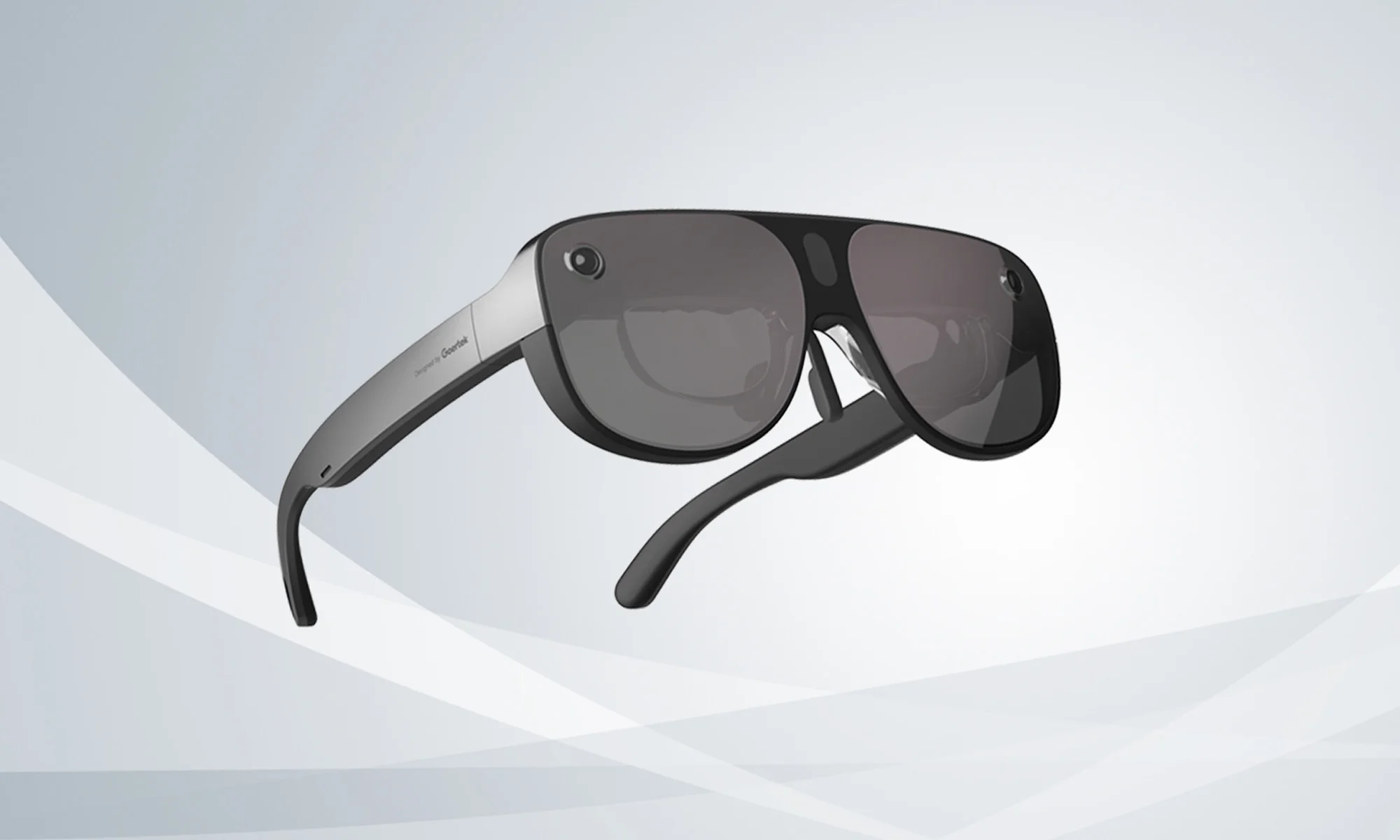
Samsung appears poised to introduce its highly anticipated smart glasses in January 2025, alongside the launch of the Galaxy S25. According to sources in Korea, the company will first reveal the accompanying software platform later this month.
As per a report from Yonhap News, Samsung’s unveiling strategy for the smart glasses echoes its approach with the Galaxy Ring earlier this year. The January showcase won’t constitute a full product launch but will likely feature teaser visuals at the Galaxy S25 event. A more detailed rollout could follow in subsequent months.
Just in: Samsung is set to unveil a prototype of its augmented reality (AR) glasses, currently in development, during the Galaxy S25 Unpacked event early next year, likely in the form of videos or images.
Additionally, prior to revealing the prototype, Samsung plans to introduce…
— Jukanlosreve (@Jukanlosreve) December 3, 2024
The Galaxy Ring, for example, debuted in January via a short presentation during Samsung’s Unpacked event. The full product unveiling came later at MWC in February, and the final release followed in July. Samsung seems to be adopting a similar phased approach with its smart glasses, which are expected to hit the market in the third quarter of 2025.
A Collaborative Software Effort
Samsung’s partnership with Google has played a key role in developing the smart glasses’ software. This collaboration was first announced in February 2023, with the device set to run on an Android-based platform. In July, the companies reiterated their plans to deliver an extended reality (XR) platform by the end of the year. The software specifics for the XR device are expected to be unveiled before the end of December.
Reports suggest that the smart glasses will resemble Ray-Ban Meta smart glasses in functionality. They won’t include a display but will weigh approximately 50 grams, emphasizing a lightweight, user-friendly design.
Feature Set And Compatibility
The glasses are rumored to integrate Google’s Gemini technology, alongside features like gesture recognition and potential payment capabilities. Samsung aims to create a seamless user experience by integrating the glasses with its broader Galaxy ecosystem, starting with the Galaxy S25, slated for release on January 22.




